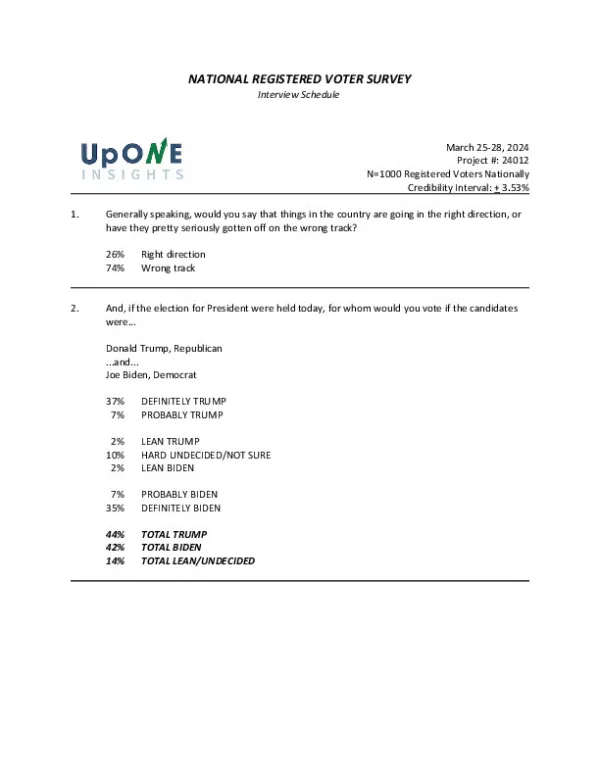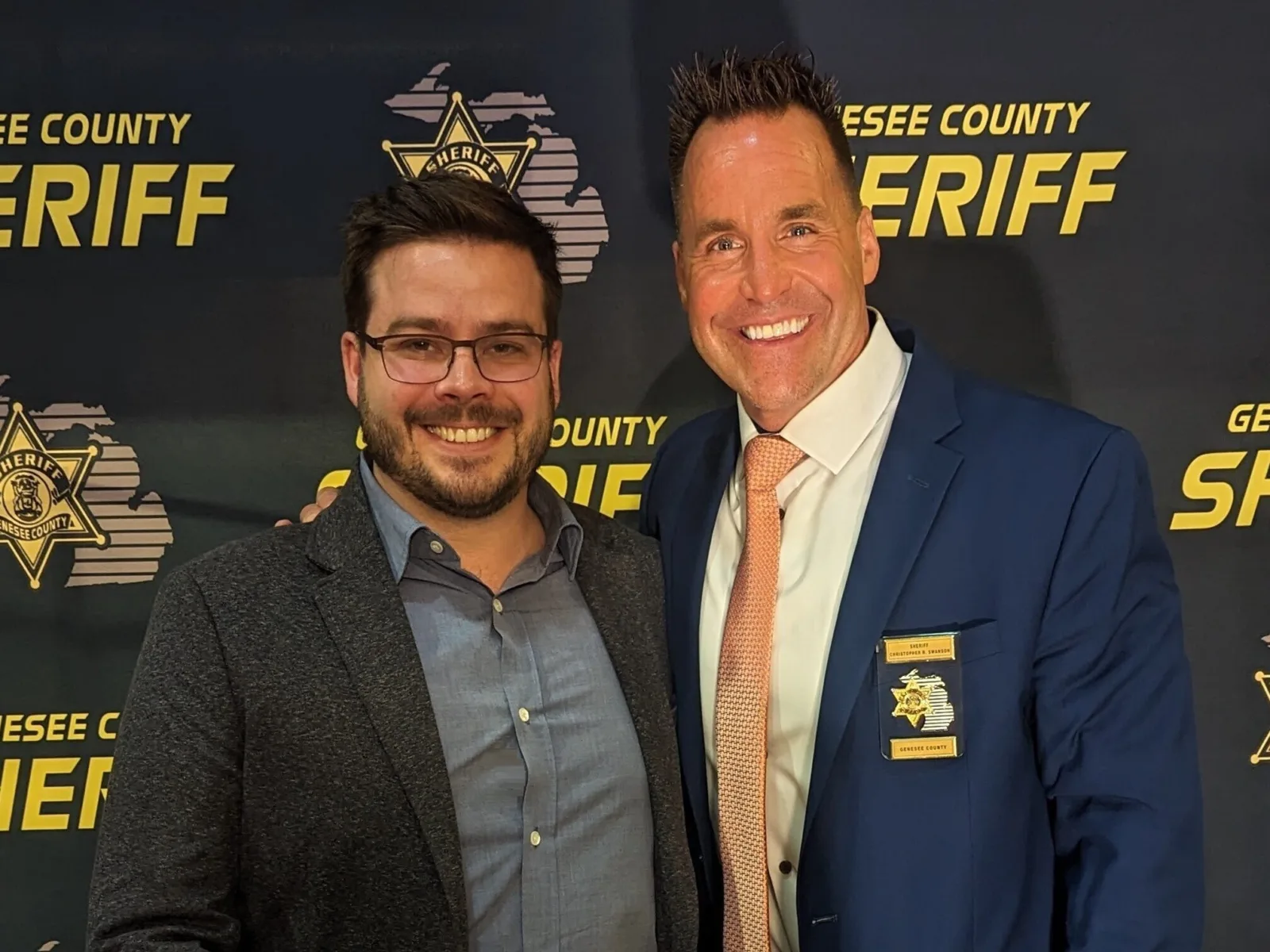Community Safety

The time has come to critically examine the role of police, demand the co-production of community safety between police and the people they serve, and eliminate racial disparities in enforcement tactics.
Our country’s overreliance on punitive enforcement has brought too many people into the criminal justice system — particularly those whose complex problems, such as mental health, homelessness, substance use, and trauma, could be better addressed by coordinated efforts among community health and service providers. Further, patterns of over-enforcement have eroded trust in police, particularly in Black, Brown and Indigenous communities, where aggressive tactics are used more frequently. Strained police-community relations make it difficult for police to carry out their most critical responsibility: ensuring community safety while upholding the constitutional and human rights of all persons.
A growing body of research has demonstrated that untargeted and widespread over-enforcement of offenses is not effective at reducing or preventing violent crime. Through our work in Violence Reduction and Crisis Response, we support the piloting, evaluation and scaling of innovations by examining which strategies work for whom, how and in which context and the degree of police involvement that is appropriate in communities. Political and law enforcement leaders, alongside community members, need to know what works so they can develop impactful strategies and make the case for the resources needed to enhance community safety while promoting strong relationships between community members and their government.

Image: Outreach worker Brenda Frazier, left, walks with Seattle police officers Tori Newborn and Wes Phillips past tents housing unsheltered people below a freeway next to downtown Seattle. (Elaine Thompson/Associated Press file)
Right Now
We’re working on…
Resources
See allStories
See all














